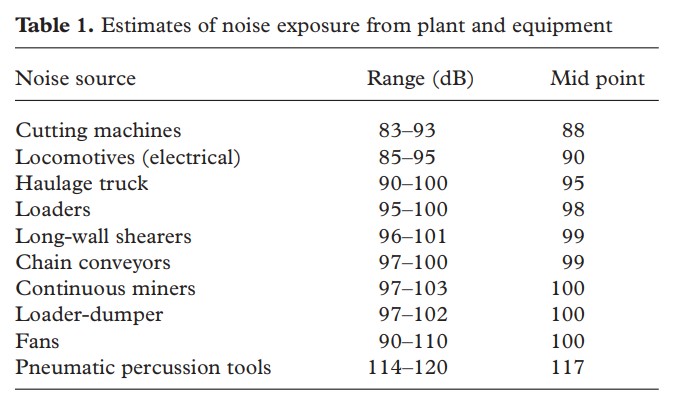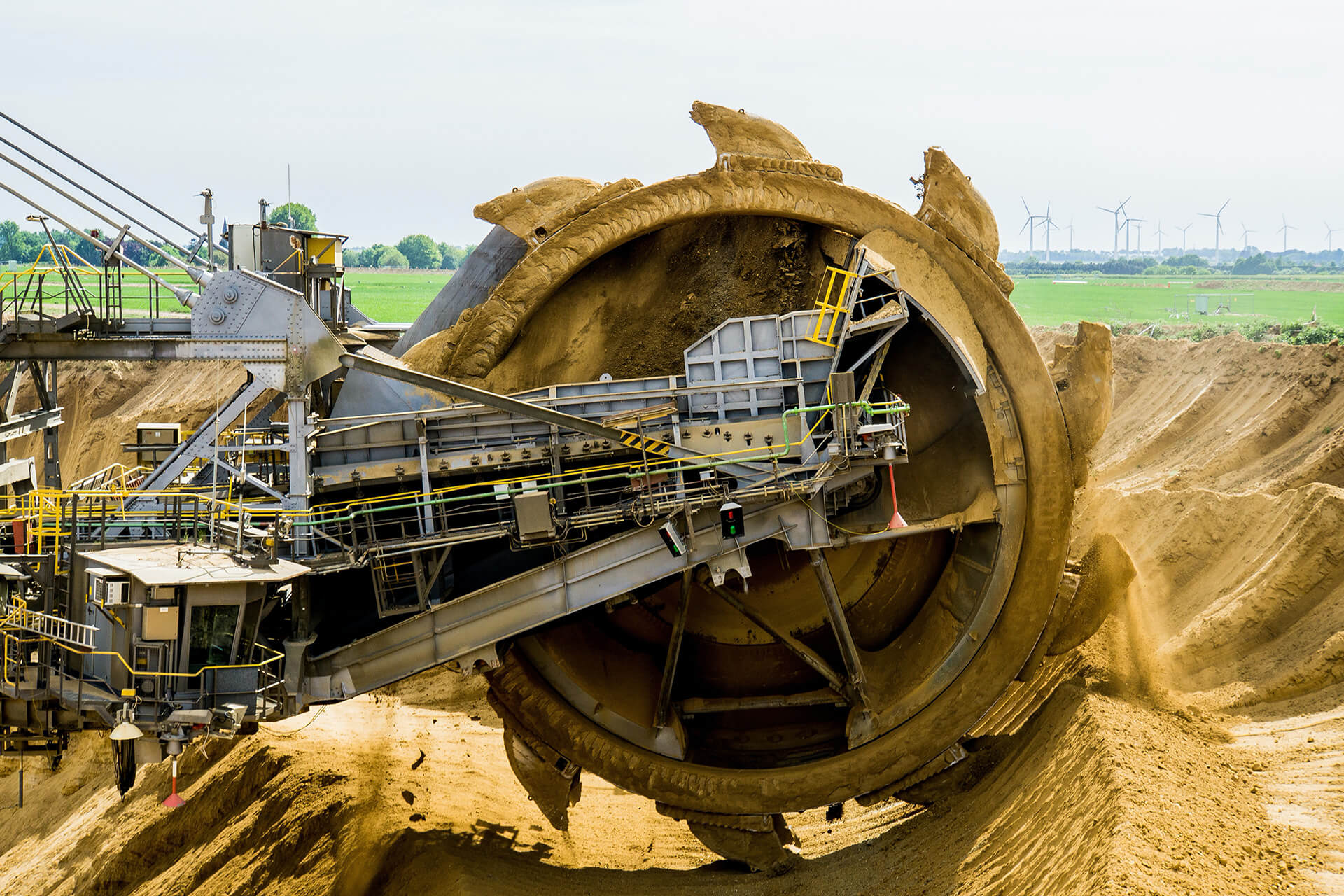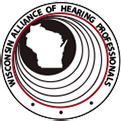Both below and on the surface, mining has long been a laborious and physically demanding job. This status remained for a significant portion of history – even in the 1920s, mining was still viewed as “a pick and shovel affair,” even though coal sparked the industrial revolution and the majority of the industry was automated by the energy it provided.
Table of Contents
Mining Operations & Noise
Noise is now a widespread problem that impacts all commodities and, to varying degrees, all mining activities. Other mining-related dangers, such as accidents and mine dust, are more likely to result in morbidity and mortality. This might explain why there hasn’t been much study effort outside of Eastern Europe in the last ten years or so.
Despite 25 years of regulation, the National Institute for Occupational Safety and Health (NIOSH) in the United States feels that noise exposure is still a prevalent and serious health issue in the mining industry.
According to NIOSH, 25% of US miners are exposed to TWA noise levels that surpass 90 dB, while 80% work in areas with TWA noise levels that exceed 85 dB.
However, there is reason to be optimistic about the future because NIOSH is now conducting eight research projects to investigate the topic of hearing conservation in the industry.
Noise Exposure Estimates from Plant and Equipment

Source: Occupational Medicine 2004;54:290–296
- Mechanical vibration from the drill casing, impact from the drill bit, and impulse noise from the exhaust all contribute to the noise.
- Impact noise from the cutting head and the linked armored conveyor system, as well as continuous noise from the power pack and transmission (gear) system, are generated by the extractive machinery itself, whether continuous miners or longwall shearers.
- Hauling equipment and commodities powered by diesel generate mechanical handling and transportation noise. The major sources of noise are the engine, transmission, and exhaust, with structural vibration and wheel-track impulse noise added in diesel locomotives and man-riding vehicles.
- Conveyor systems, in addition to the drives, should not be too loud if properly maintained.
Noise-induced Hearing Loss in Mining: Prevalence and Severity
The majority of miners are unquestionably exposed to potentially dangerous noise levels, with the majority above 85 dB and some exceeding the maximum exposure guideline of 140 dB.
Because the diagnosis is essentially one of exclusion, it should be based on a history of adequate noise exposure and trustworthy audiometric data. A good noise exposure history requires a thorough review of all noise sources, including both occupational and non-occupational sources, and a thorough review of all noise sources, including both occupational and non-occupational sources.
A standard audiometric questionnaire should be used ideally, and the results should enable determining a person’s lifetime noise exposure simpler. This should be able to identify mining positions based on the job title by assessing the contribution from various tasks and activities.
When it comes to exposure from other occupational and leisure activities, such as using chainsaws or other powered equipment, it is critical to define the length of exposure in terms of daily, weekly, or monthly hours of usage. It is critical to document firearms exposure in terms of the weapon used and the number of rounds fired each week, month, or year.
According to audiometric standards, the first sign of NIHL is a slight depression in the audiogram at 4 kHz that deepens and expands as noise exposure continues, known as an audiometric notch.
The discovery of such a notch may result in a qualitative evaluation of the audiogram, but certain requirements must be satisfied because audiograms contain complex patterns, and shape factors are important in notch recognition.
Other reasons can potentially generate notches, notably the 6 kHz notch, which could be caused by an incorrect audiometric standard at this frequency.
Noise-induced Hearing Loss in Mining: Studies
It is difficult to obtain a good picture of the prevalence of NIHL among miners due to the many methods by which hearing loss is characterized.
- An average loss of >25 dB for the audiometric frequencies 0.5, 1, and 2 kHz was considered a social impairment in a study of 2484 white South African gold miners. At the age of 58, 21.6% were in this category, but ISO 1999 indicates that just 5% of a non-noise exposed cohort would be predicted to have this degree of handicap.
- A study of 665 British mine workers found that hearing losses were roughly in line with median noise exposures (90 dB), but when handicap was defined as exceeding a mean hearing level of 30 dB at 1, 2, and 3 kHz, fewer miners were observed than predicted to reach handicap with this level of exposure. This does suggest an increased risk, but only nine people would achieve a handicap level in the absence of noise exposure.
According to a recent NIOSH investigation of a large sample of audiograms, 90% of coal miners and 49% of metal/nonmetal miners experienced hearing impairments at the age of 50, and in comparison, only 10% of the non-occupationally noise-exposed group had a hearing impairment at the age of 50.
Controlling Noise Exposure in Mining
Because noise reduction techniques have evolved over the last few decades, the ideas of the ‘hierarchy of control’ must be carefully reviewed in mining.
New materials and technologies, such as separated mountings for shearer bit blocks or quieter gear drives, are being developed, and with their usage, impact points on conveyor systems will be eliminated or reduced, and loud power packs or motors will be enclosed.
Some of the ways to control noise exposure in mining are:
- Replacing old components, particularly in vibratory equipment, and adhering to regular maintenance plans can also significantly reduce noise.
- Hearing protection devices (HPDs) are often used and abused in the mining industry. The issue is that the protective factor of hearing protection diminishes fast with poor compliance or inefficient fit, and as a result, they frequently fail to manage the noise hazard. Because HPDs are uncomfortable and interfere with conversation, they are unlikely to be worn or removed frequently if noise is intermittent, which is always a concern in mining.
- Adequate warning of harmful noise levels may therefore be a beneficial compliance tool, and current research is looking at the use of very affordable personal noise monitors.
- Ear muffs are the greatest technological option since they provide more sound reduction than ear plugs. Paradoxically, plugs appear to function better, with the rationale being that if noise is intermittent, muffs are much easier to remove than plugs.
Workers’ Compensation for Hearing Loss
Workers Compensation was founded in 1911 to encourage businesses to make workplaces safer by mandating safety programs and the installation of safety devices.
Over 2.5 million workers’ compensation claims have been lodged since 1911. Hearing loss workers’ compensation claims are currently the third most common occupational sickness claim.
Workers’ compensation for hearing loss is a relatively unknown benefit that covers hearing health treatment, which is frequently uninsured. Many health insurance policies and programs, such as Medicare, may not cover the cost of hearing aids, but workers’ compensation may. It also compensates for hearing loss handicap, as it does for loss of vision or other afflictions.
Aging populations, technological advancements, and increased sensitivity to hearing loss are focusing increasing attention on funding hearing health care. Those who qualify for hearing loss workers’ compensation claims are mostly retired hearing-impaired employees on fixed incomes.
Always feel free to contact Johnson Law Offices if you have any questions regarding the procedure, the law, or a specific case. The legal, medical, and audiometric issues that arise in a hearing loss workers’ compensation claim can be complex.
Attention to detail is required, as is the ability to interact successfully with hearing-impaired seniors and their families, particularly spouses, and hearing health care specialists.
Sources
- https://watermark.silverchair.com/kqh075.pdf/
- https://www.cdc.gov/niosh/mining/topics/hearinglosspreventionoverview.html
- https://www.coalservices.com.au/mining/workplace-health/looking-after-my-health/hearing-loss/
Contact Us
If you, or anyone you know, worked in noise and suffers from hearing loss, please do not hesitate to contact us.
Contact Us


